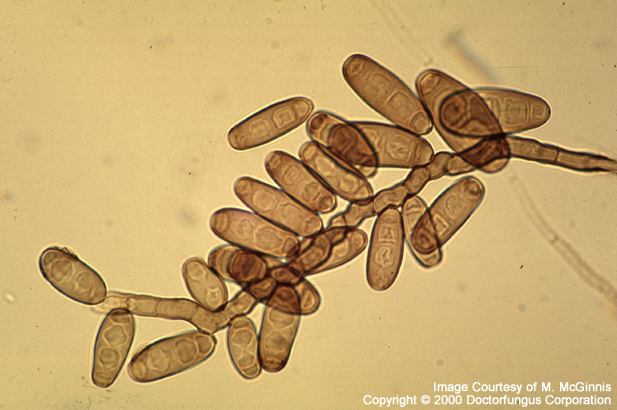Bipolaris mold is a lesser-known but dangerous type of mold that can thrive indoors and outdoors, posing significant health risks to humans and pets. Whether you’re battling mold growth in your home or looking to prevent it, understanding what Bipolaris mold is, how it spreads, and how to remove it is critical.

What is Bipolaris Mold and Where Does It Grow?
Bipolaris is a genus of fungi commonly found in soil, decaying plants, and moist environments. It is prevalent in humid climates and can grow indoors on damp surfaces like drywall, carpets, and wooden structures.
Bipolaris mold releases spores into the air, which can lead to respiratory issues if inhaled over time. Homeowners with water damage, high humidity, or poor ventilation are most likely to encounter this mold.

Common Indoor and Outdoor Locations for Bipolaris Mold
- Indoor: Basements, bathrooms, attics, HVAC systems, and kitchens
- Outdoor: Soil, leaf piles, decaying wood, and compost heaps
Health Risks Associated with Bipolaris Mold Exposure
Bipolaris mold is not just unsightly—it can be hazardous. Prolonged exposure to its spores can cause:
- Allergic reactions: Sneezing, itchy eyes, and skin rashes
- Respiratory issues: Coughing, shortness of breath, and sinus infections
- Fungal infections: Conditions like phaeohyphomycosis, which affect the skin, lungs, or brain in immunocompromised individuals
Individuals with pre-existing respiratory conditions like asthma or COPD are particularly at risk. If you suspect mold exposure, consult a medical professional immediately.
Symptoms of Bipolaris Mold Exposure
| Exposure Level | Symptoms |
|---|---|
| Low | Sneezing, mild coughing, itchy eyes |
| Moderate | Sinus congestion, skin irritation, shortness of breath |
| High | Severe respiratory infections, fever, chronic fatigue |
How to Identify Bipolaris Mold in Your Home
To identify Bipolaris mold:
- Appearance: Dark green to black in color with a velvety texture
- Smell: Musty, earthy odor
- Testing: Use DIY mold test kits or hire professional mold inspectors
If you spot signs of mold but are unsure of its type, contacting professionals like Citywide Mold Mitigation can help ensure accurate identification and safe removal.
Effective Methods for Removing Bipolaris Mold

Once Bipolaris mold is confirmed, removal is essential to prevent further spread. Here are proven methods:
1. DIY Mold Removal for Small Areas
- Wear protective gear: gloves, N95 mask, and goggles
- Clean surfaces with a mixture of water and vinegar or bleach
- Use a HEPA vacuum to remove spores from carpets and upholstery
Note: DIY methods are only effective for small patches (less than 10 square feet). For larger infestations, hire a professional.
2. Professional Mold Remediation Services
Professionals use industrial-grade equipment, including air scrubbers and HEPA vacuums, to remove Bipolaris mold safely. They also address the source of moisture to prevent regrowth.
For expert help, check out Citywide Mold Mitigation, which specializes in comprehensive mold removal and prevention.
Preventing Bipolaris Mold Growth in Your Home
Prevention is key to keeping your home mold-free. Follow these steps:
- Control indoor humidity levels (ideally below 50%)
- Fix leaks promptly in plumbing, roofs, and windows
- Ensure proper ventilation in bathrooms, kitchens, and basements
- Use dehumidifiers in high-humidity areas
- Inspect and clean HVAC systems regularly
FAQs About Bipolaris Mold
1. Is Bipolaris mold dangerous?
Yes, it can cause allergic reactions, respiratory issues, and serious infections in immunocompromised individuals.
2. How can I identify Bipolaris mold?
Look for dark green to black patches with a musty odor. Mold testing kits or professional inspections can confirm its presence.
3. Can I remove Bipolaris mold myself?
Small patches can be removed with cleaning agents, but larger infestations require professional mold remediation services.
4. How do I prevent Bipolaris mold growth?
Control humidity, fix leaks, ensure ventilation, and clean regularly.
Conclusion
Bipolaris mold can be a serious threat to your health and home if left untreated. By understanding its causes, identifying its signs, and taking appropriate measures for removal and prevention, you can protect your household. For professional help, reach out to trusted mold remediation services like Citywide Mold Mitigation to ensure a safe and mold-free environment.

